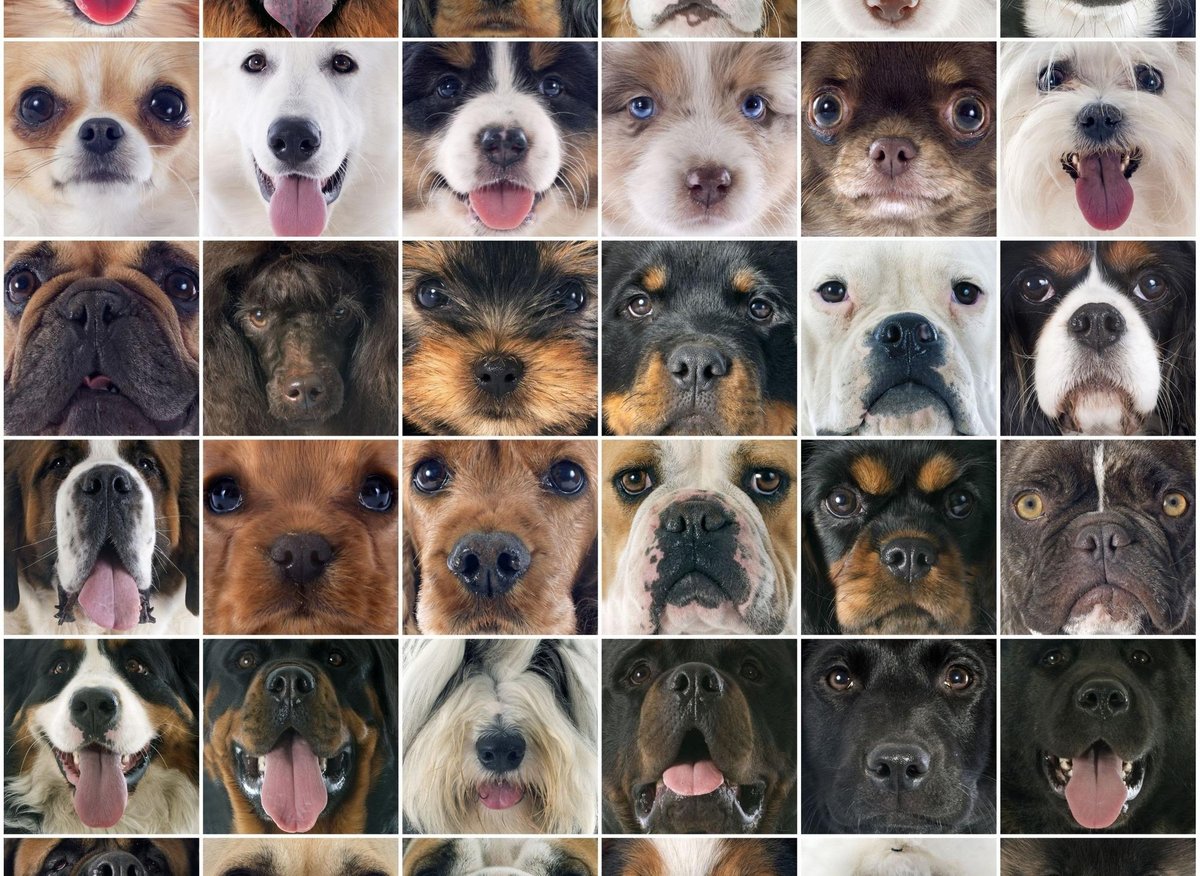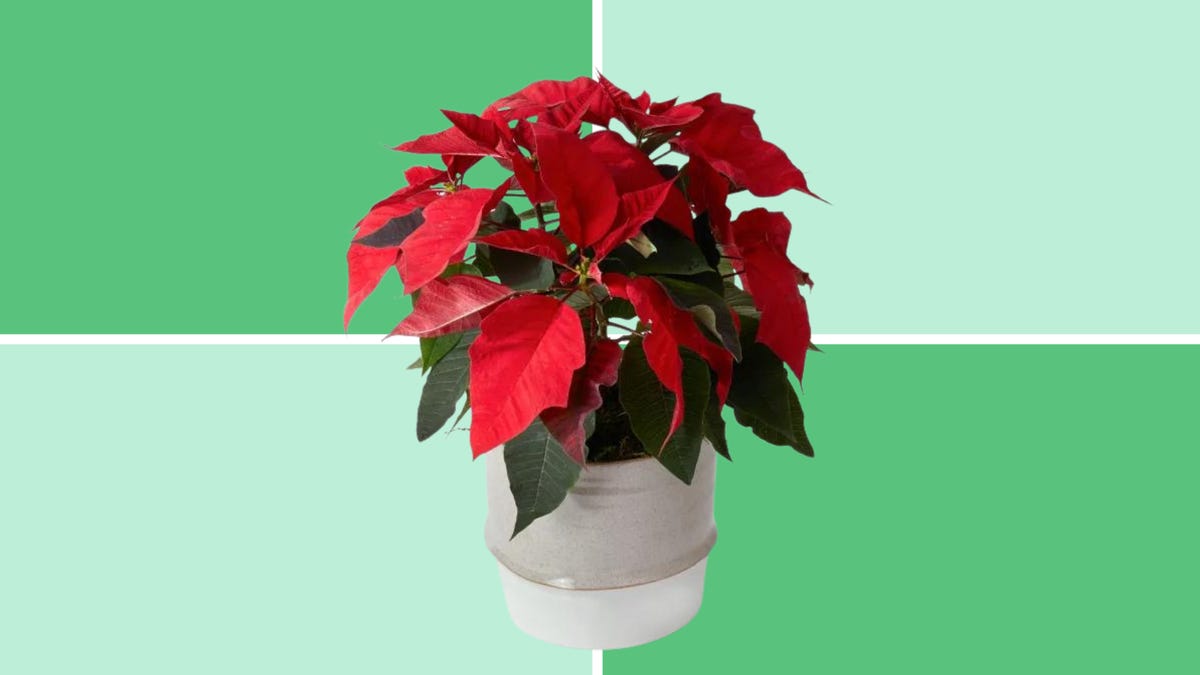In my former life as a farmer, in addition to my conservation efforts by raising rare livestock, we have also bred champion show dogs.
My partner was the genetics expert, so he focused on ensuring that the dogs we bred had enough genetic diversity to be healthy, intelligent, and live long lives.
I was concentrating on breeding. I loved taking care of the newborn puppies. I loved all the work that went into getting our puppies to grow up to be well socialized, fearless and even-tempered, so that the ones we would bring home would be wonderful lifelong companions for some lucky families. .
Because I put a lot of time and effort into making sure my puppies were well socialized and had good behavior, my relationship with them never really ended once I placed them. in loving homes. I kept in touch with my adopters, especially the first few months, in order to give them all the advice and tips to get off to a good start with their new family member.
Now, years later, I still get emails with photos and updates on how they’re doing – and it makes me feel like a very proud daddy!
Nowadays, more and more people seem open to the idea of ​​adopting puppies. This makes sense, as many people work from home more often and have the bandwidth to deal with the excitement and responsibility that a new puppy brings home.
If you are considering giving your heart and home to a new puppy, there are a few things you need to know to be successful in the first few weeks and months of this new relationship. And I’m here to help!
Protect your home from puppies
Before you bring home your cute little furball, you need to make sure that your home is as safe as possible, both for your new puppy and for your belongings. The puppy proofing process is similar to house proofing for toddlers, but there are some differences.
First of all, get a feel for the puppy view of your house. Electrical cords, potential toxins, and breakable items should be placed completely out of reach. Remember that your puppy can jump, climb, chew, and scratch, so place what you can high up or in a locked cabinet.
Install durable baby or pet gates if necessary to keep your puppy away from certain rooms in your home. It’s a good idea to keep your dog away from the kitchen (especially the trash can) and stairs.
Buy the essentials
Your new puppy will need certain items from the start. Some are essential for the well-being of your puppy, while others are very useful. The most important items include a leash and collar with identification, food and water bowls, and chew toys. You should also get a comfortable dog bed and preferably a crate or kennel.
Some of these items may last as your puppy ages, but many will need to be replaced as your puppy grows. Collars can be adjustable up to a point. A kennel can be purchased in a larger size for the future, but must be secured with boxes or other items to be the correct size for the puppy.
It is also important to be well prepared for the expenses associated with owning a dog. Create a budget and try to stick to it. Make sure you put extra money in your budget for unforeseen costs.
Choose quality foods
Feeding your puppy can make all the difference in their future health and well-being. Before you decide on a puppy food, do your research. Talk to your vet, other pet professionals, and other dog owners. Remember that if the food you choose initially is not quite right for your puppy, you can gradually switch to another food.
In today’s friendly world, the food choices seem endless. Some owners like to feed premium foods, while many believe holistic / natural diets are best. Homemade and raw diets are also increasingly popular. I do the latter for my dogs and had the best luck with it. But it takes a long time, so if you do decide to cook your puppy’s meals, be prepared to commit to it.
Make sure you choose a food suitable for growth, not adult dog food or “maintenance” formulas. They grow a lot in the first year of life, so they need a lot of protein.
Choose a veterinarian
A few days after bringing your new puppy home, you should take him to your vet for a general checkup.
In your puppy’s first six months, you’ll see your vet a lot. It starts with puppy vaccines and usually leads to sterilization. Generally, puppies should be spayed or neutered around six months of age.
Your vet can help you identify any potential health concerns early on and advise on long-term care for your dog. The initial visit also opens the doors to communication with you and your veterinarian. To help cut down on your puppy’s expenses, you may want to consider purchasing pet health insurance, which could cover up to 80% of your dog’s health costs.
The vaccines are good. Catch them.
Vaccines protect your puppy and other dogs from life-threatening illnesses. Just like human babies, puppies (and kittens) need basic immunizations to take over when maternal antibodies wear off. One of the most important aspects of your dog’s youth is the puppy vaccination series.
Routine vaccination visits also allow your vet’s office to see your puppy every few weeks and monitor its growth and general health. Talk to your vet about the best vaccination plan for your puppy.
In-house training
Home training is one of the first things you will teach your new puppy. This process can be quite frustrating at times, although some puppies get started sooner than others.
Home training should start as soon as you bring your puppy home, but it takes patience. Puppies are usually not able to control their bladder and bowel until they are around 12 weeks old. If your puppy is younger than that, be patient.
Starting early can help your puppy get into a routine. As your dog grows and develops control over his bodily functions, he will already know what to do. As a general rule, you should take your puppy to the designated potty area immediately after eating or drinking. However, accidents do happen, so be prepared, consistent, and patient.
Bond with your puppy
The bond you have with your puppy begins the moment he enters your life and continues to grow. You can maintain this bond through affection, training, grooming, recreation, general exercise, and participation in various activities. You may want to join an obedience class, start training in dog sports like agility and flyball, or participate in dog shows.
And don’t forget, we’re here to help. We have some really awesome virtual puppy lessons. Our five-session online course is for puppies six months of age or younger. Topics include bites and bites, toilet training, teaching your puppy to come when called out and more! Work spots will include a live question-and-answer session led by your trainer after each week’s presentation.
Please feel free to register on our website at pasadenahumane.org.
Jack Hagerman is vice president of community relations for the Pasadena Humane Society.
 Christ Yoder
Christ Yoder



